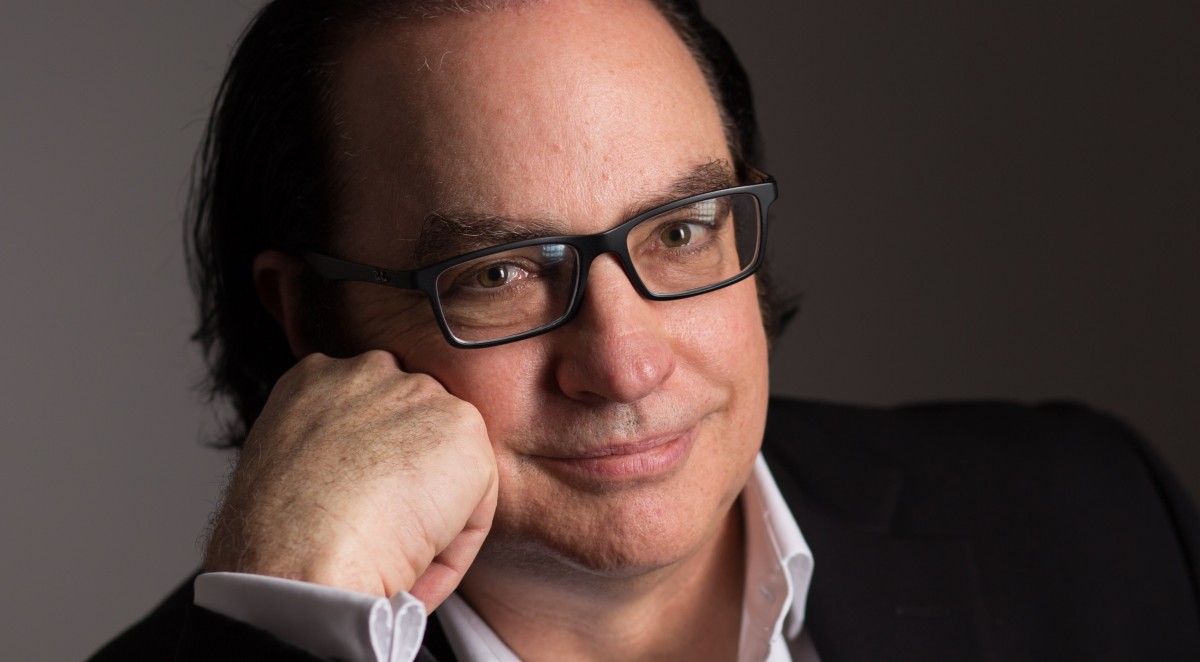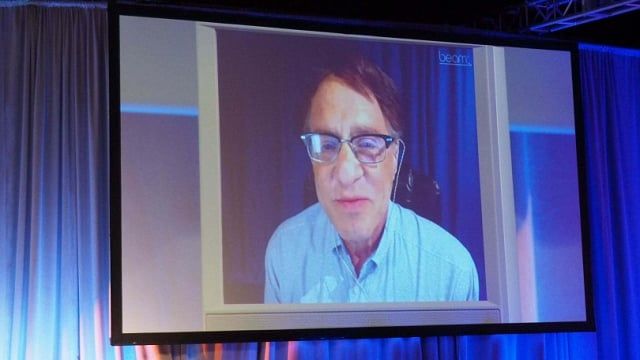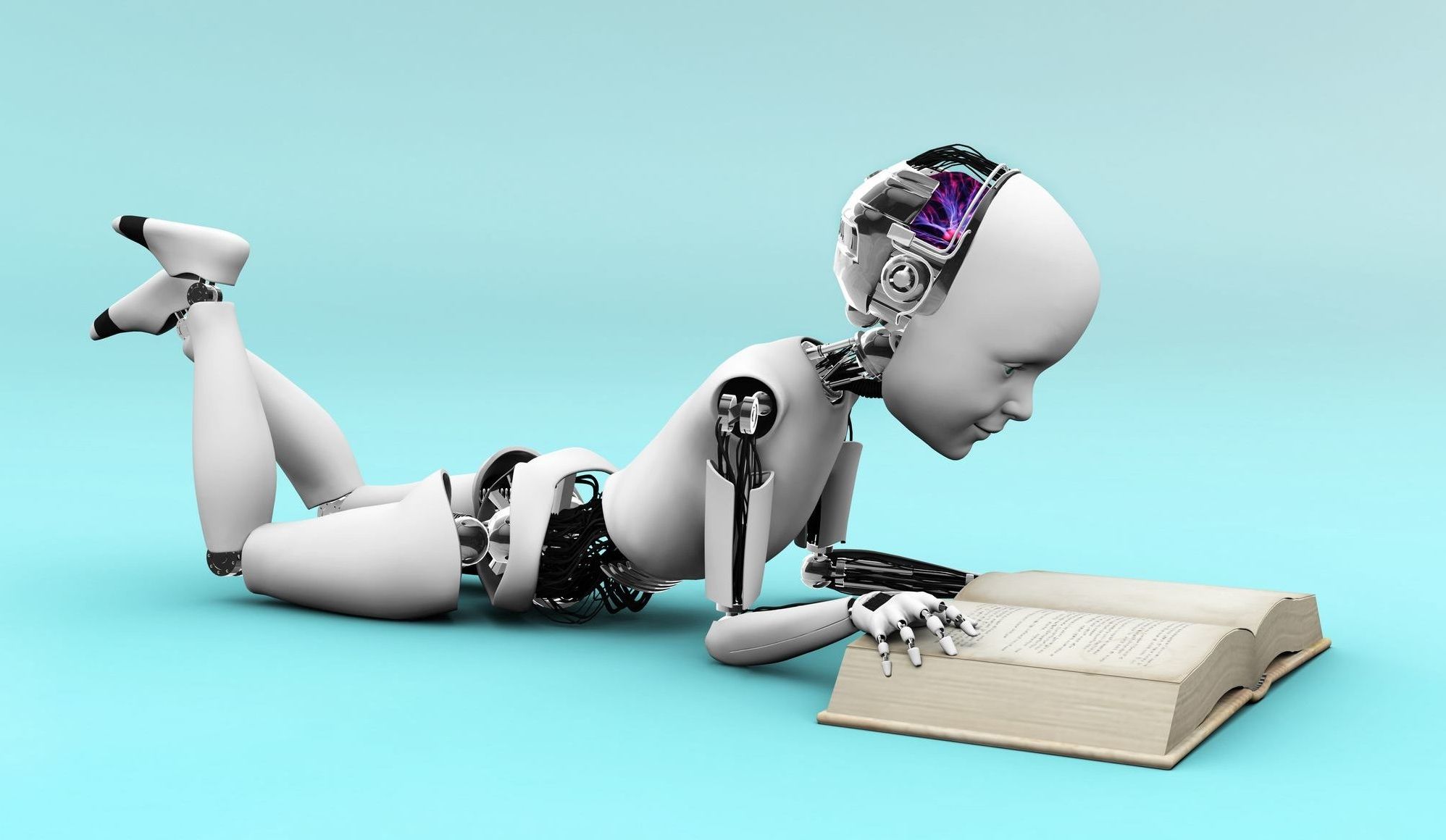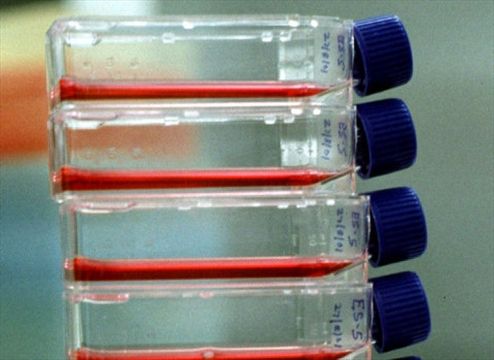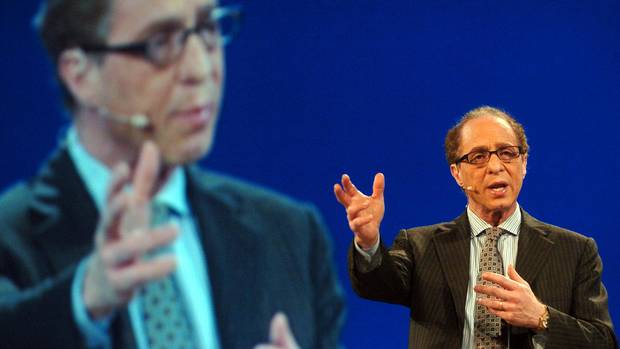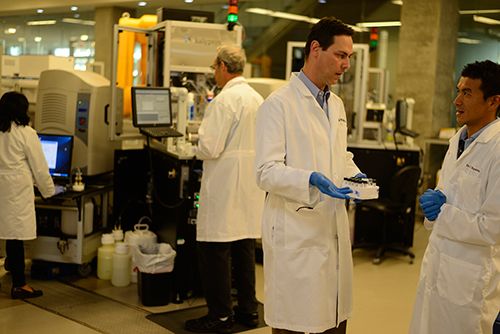Good write up by Peter on Neil Jacobstein’s perspective on AI. Peter never disappoints in his articles.
Singularity University is part business incubator and part think tank founded by Peter Diamandis and Ray Kurzweil in 2008 in the NASA Research Park in Silicon Valley. Among the topics that have risen in prominence in the curriculum of the University is artificial intelligence.
Neil Jacobstein is a former President of Singularity University, and currently he chairs the Artificial Intelligence and Robotics Track at Singularity University on the NASA Research Park campus in Mountain View California. We recently spoke, and the conversation covered his thoughts on how AI can be used to augment current human capability, strategies technology executives should use to think about AI, the role the government should play in helping mitigate the potential job losses from AI, his perspectives on the dangers of artificial intelligence that have been expressed by major thought leaders, advice on how to train workers to be prepared for the coming wave of AI, and a variety of other topics.
(To listen to an unabridged audio version of this interview, please click this link. This is the sixth interview in my artificial intelligence series. Please visit these links to interviews with Mike Rhodin of IBM Watson, Sebastian Thrun of Udacity, Scott Phoenix of Vicarious, Antoine Blondeau of Sentient Technologies, Greg Brockman of OpenAI, and Oren Etzioni of the Allen Institute for Artificial Intelligence.)
